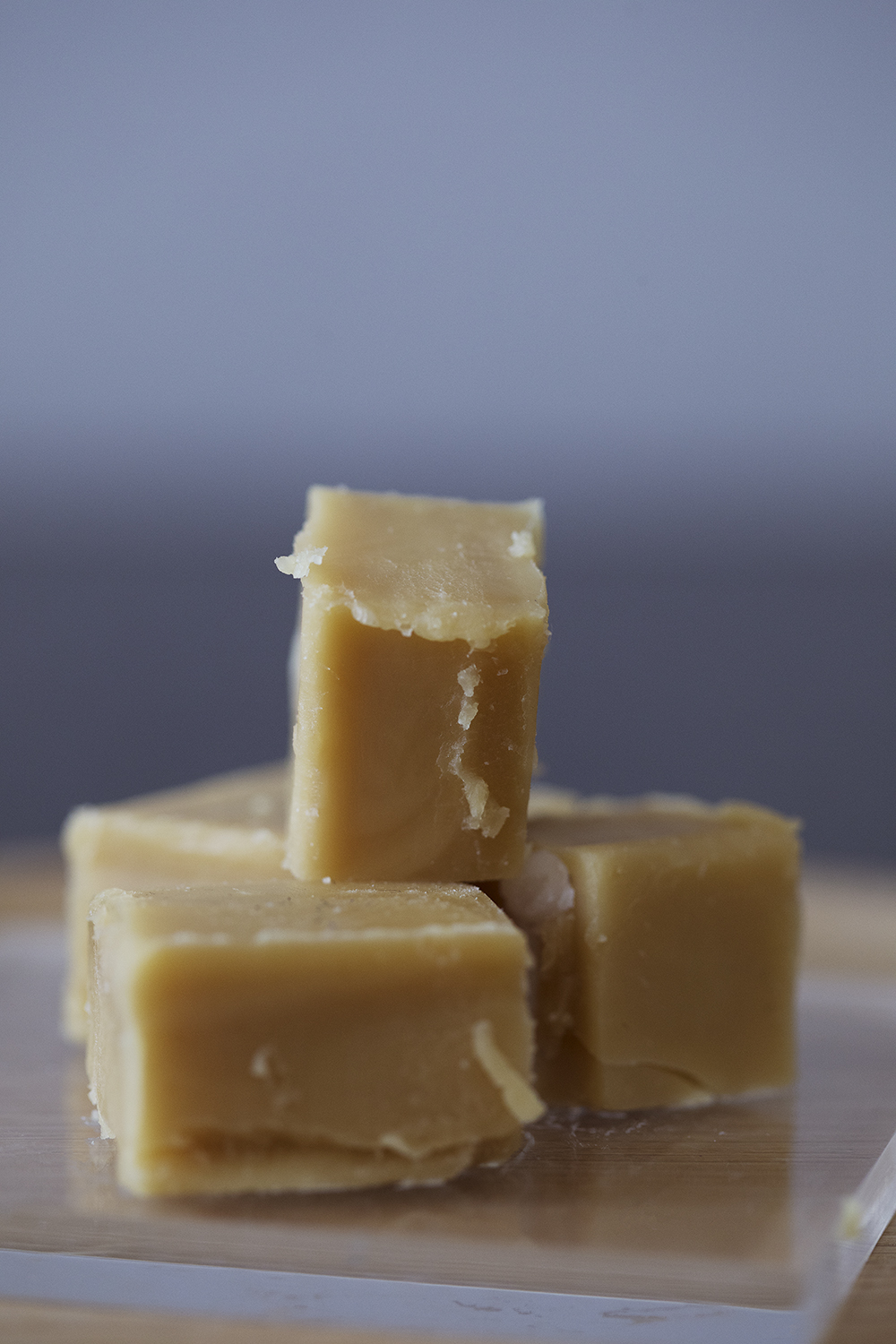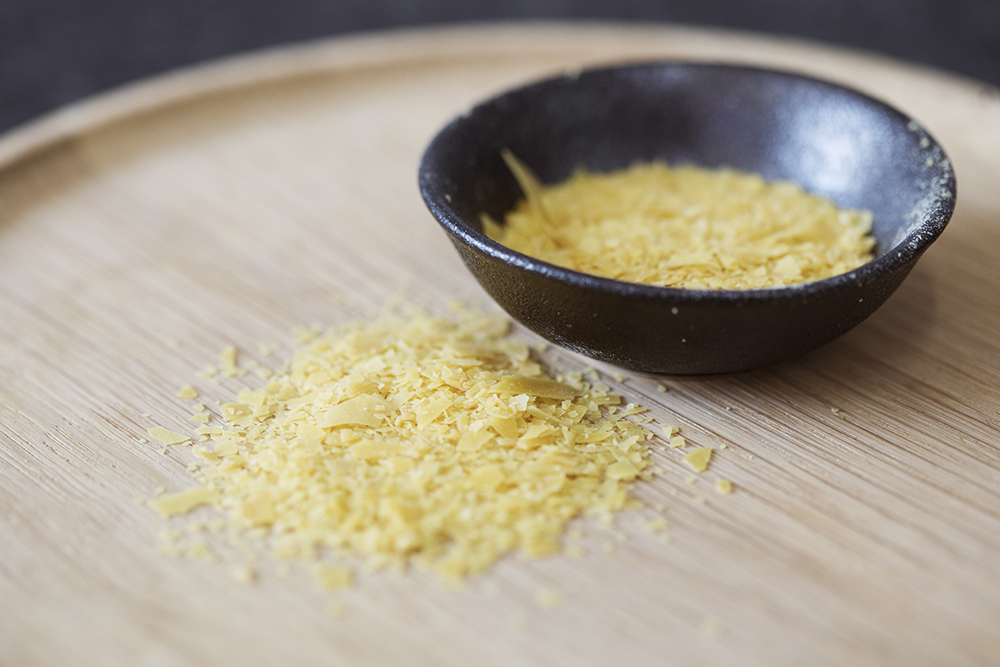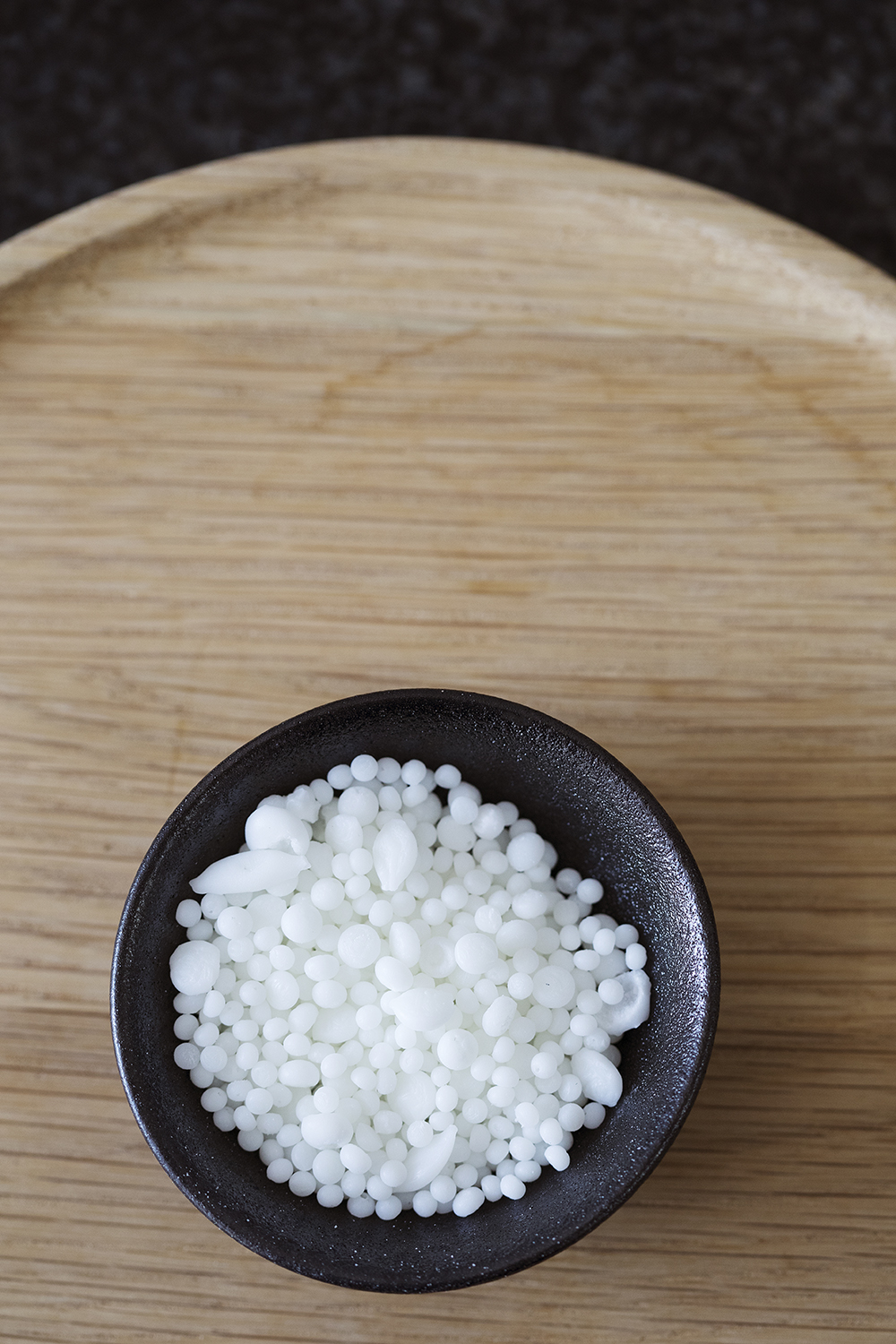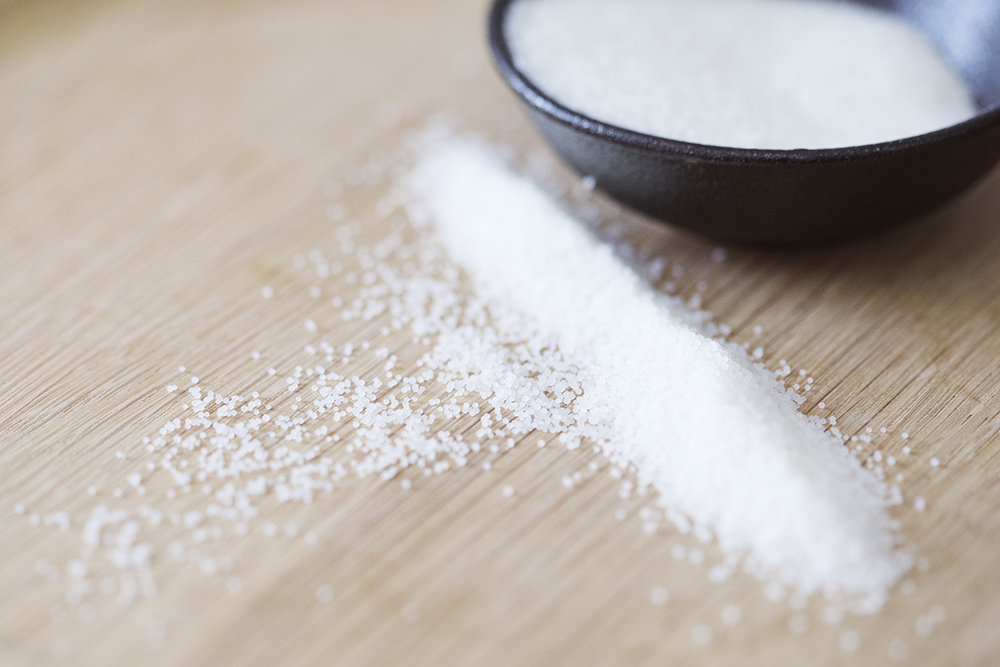NATURAL WAXES

Palmitic Wax
Palm oil is produced from the fruit of the African and American oil palms and palm kernel oils are from the kernels of the same fruits. Processing of these oils by distillation, crystallisation and hydrogenation produce palm wax and hydrogenated palm stearin (HPS). Depending on the fractions used and the refining processes, Palm wax properties can vary from source to source. Although the chemical composition is different from paraffin waxes, some of the physical properties are similar and can be used as a replacement in certain applications.
Hydrogenated palm stearin, suitable for food contact applications. Manufactured from a natural source.

Sugar Cane Wax
Sugar cane wax is extracted from bagasse, a by-product filter residue from the production of sugar from stalks of the sugar cane plant. Sugar cane wax comprises mostly of long chain fatty alcohols and some fatty acids also. The wax in its refined form has a light yellowish colour, is relatively hard and has a melting point around 80°C. Historically sugar cane wax was popular as religious candle wax component but now also used in food and cosmetics.
Extracted from sugar cane bagasse, a completely natural wax, used in environmentally sensitive applications.

Montan Wax
Montan Wax is a natural wax obtained by solvent extraction from lignites or brown coal only at a few sites globally. Raw Montan wax is dark and the refined, de-resined grades, yellow in colour. Montan wax consists of long chain fatty alcohols, long chain fatty acids and esters formed by them. The carbon chain length of these range between C26 and C32. The melting point of Montan wax is between 80 and 85°C. In many applications, Montan wax has similar properties and is a good lower cost alternative to Carnauba wax. Montan wax is popular in formulations for shoe, floor and furniture polishes. Montan waxes are oxidised and thereafter esterified with alcohols to produce functionalised waxes for specialised applications.

Carnauba Wax
The source of Carnauba wax is also palm trees, specifically the Carnauba palm that grows in Brazil, and the wax is collected from the leaves of the palm tree after drying. The wax layer is then beaten off, refined and bleached to different grades. Chemically the wax consists of aliphatic esters and di-esters predominantly derived from acids and alcohols in the C26-C30 range. This composition renders a hard, relatively high melting ( 82-86°C) wax, which is easily emulsifiable and produces a good gloss, especially with buffing. Carnauba wax is very popular for use in the pharmaceutical, cosmetic and food industries because of GRAS status in the FDA regulations. More specific applications are tablet coatings, fruit coatings, furniture and shoe polishes to name a few.

Sunflower Wax
Sunflower wax is obtained from the winterization process of sunflower oil. Sunflower wax consists mainly of esters of fatty acids with fatty alcohols and produce a wax with a melting point between 74 – 80°C. The wax has a high oil binding capacity which makes it a popular component of cosmetic sticks. In cosmetic creams and lotions, sunflower wax provides a non-sticky skin feel and because of the polarity and oil binding properties of the esters, it stabilises water-in-oil emulsions.

Beeswax
Beeswax is a natural wax produced by honey bees, collected by bee keepers and then refined to purify and improve colour. Chemically the wax consists mainly of long chain aliphatic esters. Beeswax has a relatively low melting point range of 62 to 64 °C and is softer than Carnauba wax. Historically beeswax was very popular for making candles but nowadays it is sought after in food, pharmaceuticals and cosmetic applications.

